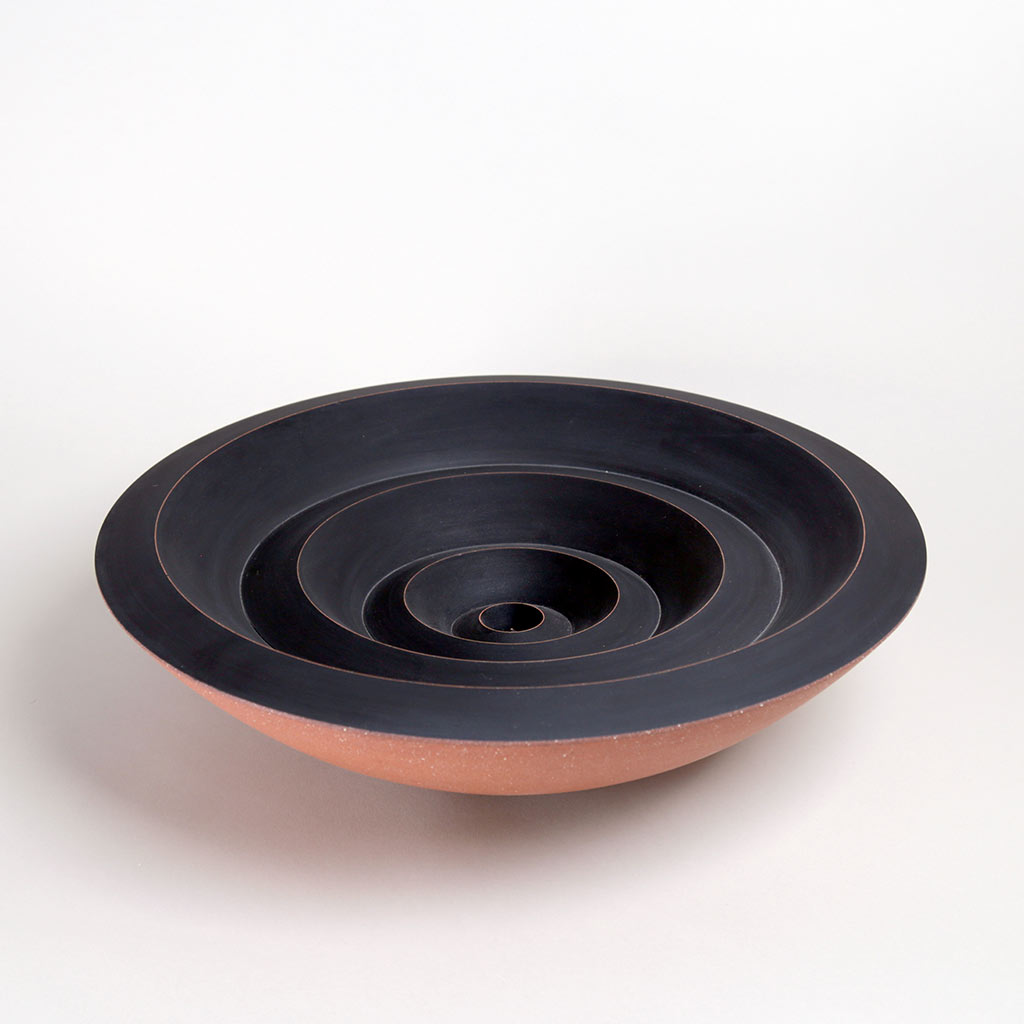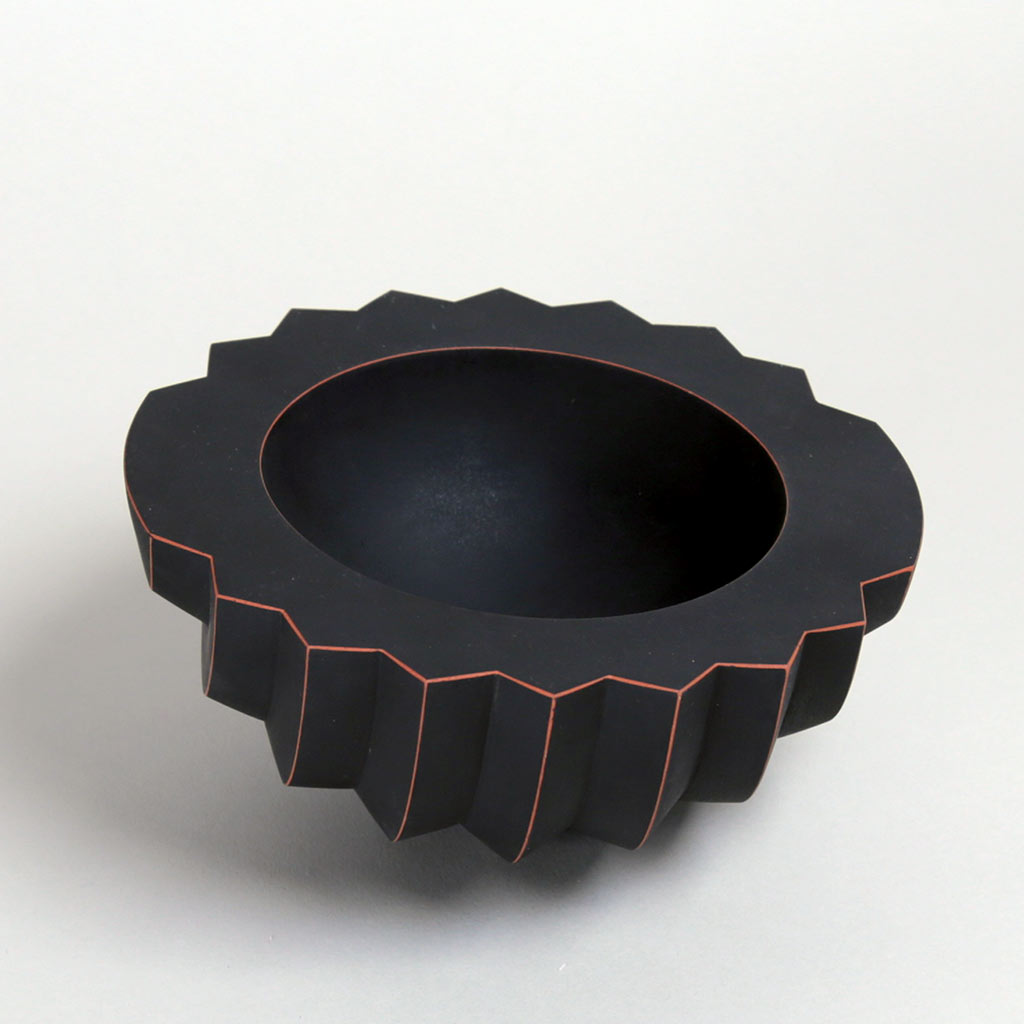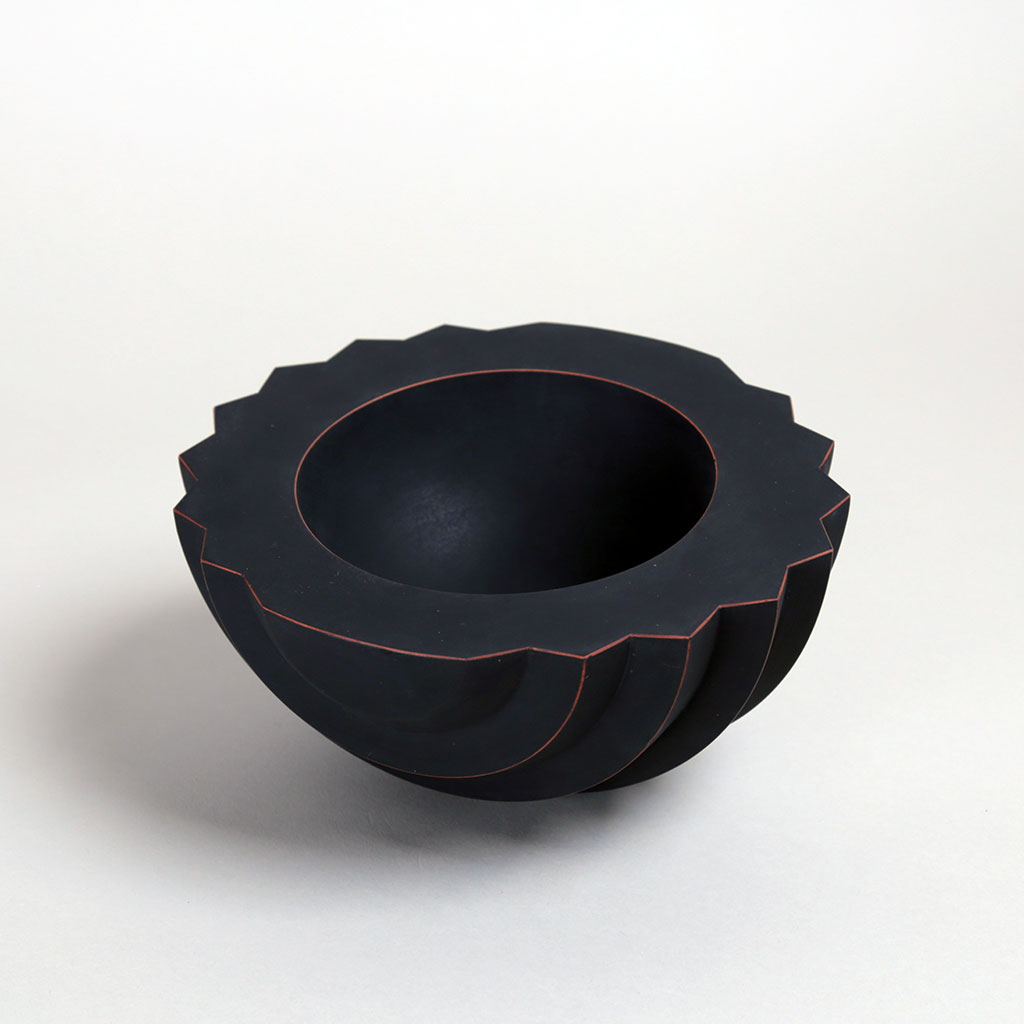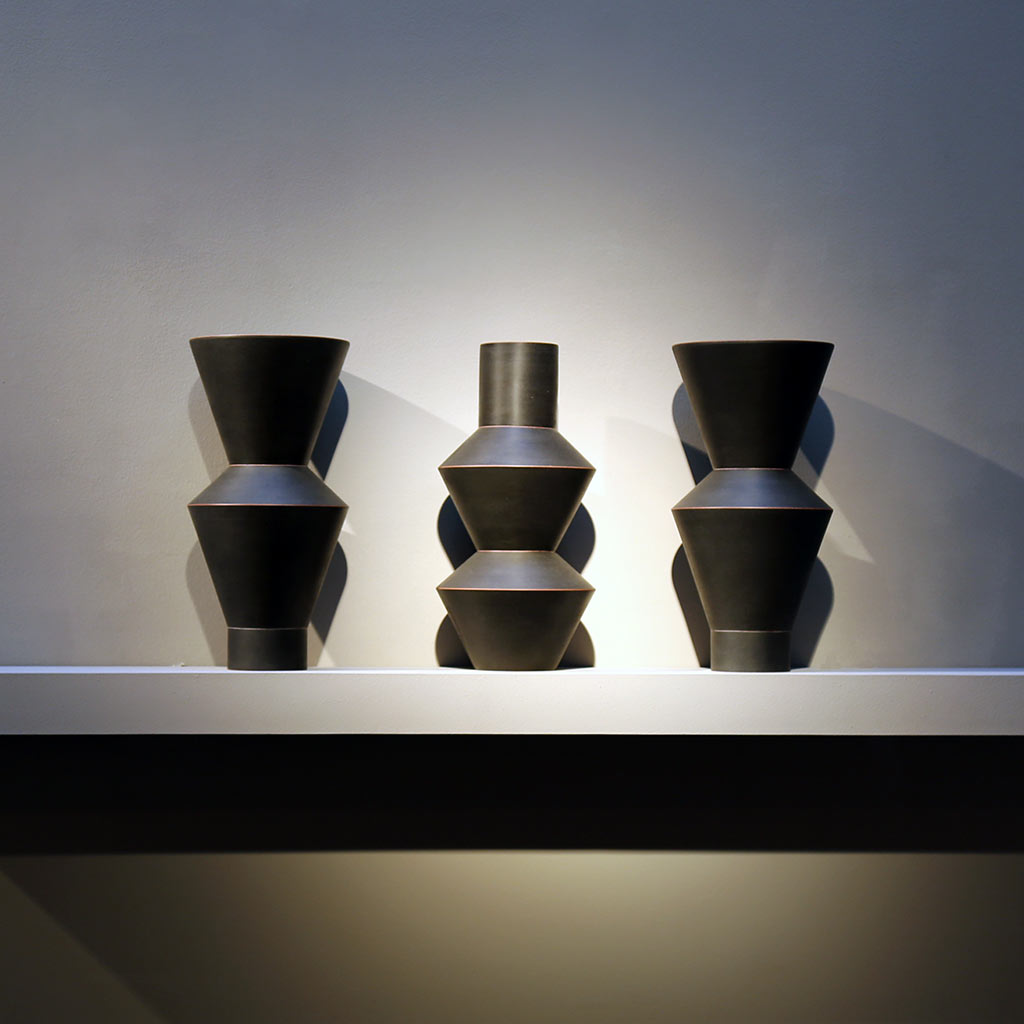
Presentation
The story of Martin Smith is that of a radical rethinking, a very ironic textbook case for the man who would become one of the most respected directors of the Ceramics Department of the famous Royal College of Art in London. Because in his youth, freshly graduated, his raku pieces celebrating the alliance of sensuality and rigor were so appreciated that he found himself unofficially enthroned king of British raku. But there exists in the life of a man the sometimes brutal discovery of his own absurdity, and that what one does is out of step with what one is. For an Englishman like Martin, whose intuitive impulse is formatted by analytical thought, camp a Japanese dependent on a very random Japanese technique has limits, especially if he wants his art to be taken seriously by other Englishmen. , and a fortiori by Japanese.
Haro, therefore, on raku and six sabbatical months in Italy to put the pendulum of his thoughts back to European time. For Martin, this Italian immersion presented an extended opportunity to understand, to decipher the architectural fulgurances of the Renaissance, this miraculous epic which saw the emergence of the canons of spatial harmony which determined our own understanding of beauty, and which still reign, by embracing them or by rejecting them, on the whole of artistic creation. From this period of idyllic study, from this voluntary takeover, will be born a new relationship between the artist and the land, a whole new impetus in contemporary resonance with this transcendental heritage, this Italian-style marriage of analytical reason. and the empire of the senses. As soon as he returned from Italy, Martin produced a series of pieces inspired by these piazzas and palazzi that he sketched with so much detail, and it is these new sculptural works, at the time, revolutionary, made in a terracotta rouge, who have lastingly founded his reputation as an outstanding technician and an artist capable of unusual and remarkable syntheses.
Looking at his new works, whether simple or complex, that is to say composed of plates or vases in groups, one is struck by the discipline exercised in their design and execution. And then we read, in the precision of the curves, in the orchestration of the edges and the ineffable elegance of the set of minute details, that the artist is still as ardently committed to his quest which began exactly forty years ago. To the games of linear and spatial interactions has been added, for a long time, his interest in the complexities of the mechanics of perception. “How do we read forms? », « how do we decipher reality? », are all questions that plague both artists and all those concerned with cognitive science. The artist does not formulate answers. He is content to explore the difference between what we expect to see and what exists, and to masterfully extract a fresh and complex poetry.
Artwork
Would you like information on the available works of the artist?





